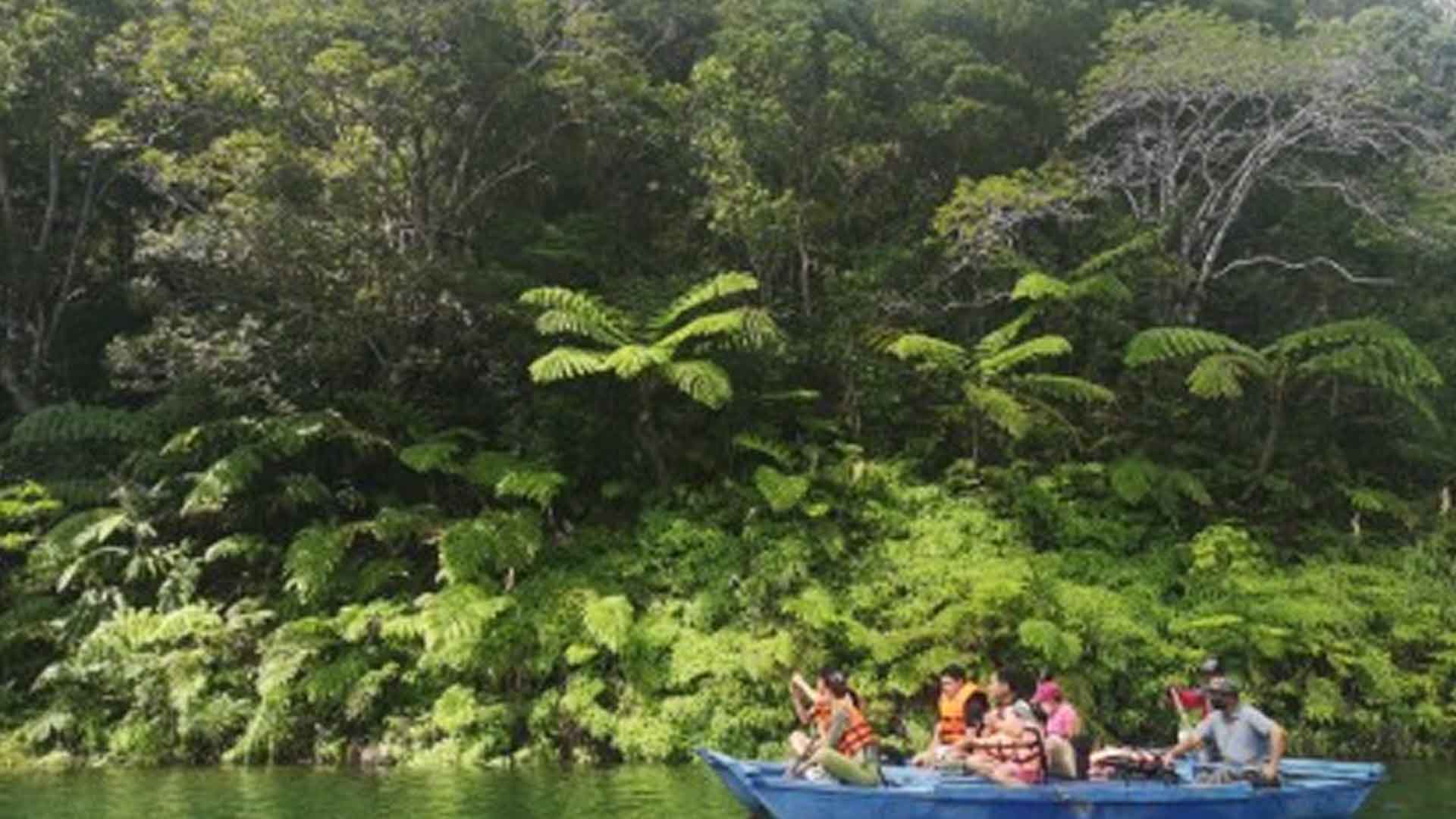The United Nations Development Programme-Biodiversity Finance Project (UNDP-BIOFIN) has chosen the Twin Lakes of Balinsasayao and Danao in Negros Oriental province as among its six featured areas in the Philippines for the Year of the Protected Areas (YoPA) campaign.
Gregg Yan, UNDP-BIOFIN consultant, in an interview with the Philippine News Agency on Tuesday, said the YoPA campaign aims to highlight the critical role of protected areas for people and nature.
“The Balinsasayao Twin Lakes and the five other featured areas were chosen for this YoPA campaign because they are not as widely promoted as the other protected areas in the country,” Yan said.
There are 247 protected areas in the Philippines, he said.
The Twin Lakes lies in the municipalities of Valencia, Sibulan and San Jose with a rich biodiversity and serve as habitat for rare flora and fauna species, such as the endangered Negros spotted deer and the almaciga (Agathis philippinensis) tree, among many others.
It provides water to about half-a-million people in the surrounding areas, Yan said.
In 2000, the Balinsasayao Twin Lakes Natural Park, spanning 8,016.05 hectares, was declared a protected area by the government and is governed by a Protected Area Management Board (PAMB).
The UNDP-BIOFIN team visited the Twin Lakes last Jan. 13 in line with the celebration of World Wetlands Day on Feb. 2, but were unfortunate to get caught in stormy weather, Yan said.
Nevertheless, they managed to visit the almost zero visibility Lake Balinsasayao, and also viewed the lush vegetation and surroundings from the view deck.
Tourists can enjoy kayaking, boating, trekking, and hiking at the twin lakes and its vicinity.
Quoting Provincial Environment and Natural Resources Officer Viernov Grefalde, Yan said that the twin lakes “serve as a vital watershed for the province of Negros Oriental.”
The twin lakes of Balinsasayao and Danao serve as headwaters for five major river systems including the Amlan, Ayuquitan, Hinotongan, Okoy and Cauitan Rivers. “These natural water reservoirs collect rainwater, supplying half-a-million people with potable water all year.”
Nearly 60 percent of the Philippines’ land area forms 142 critical watersheds. Watersheds work best when provided with healthy forests, as the trees help absorb rainwater. The country’s watersheds however are facing numerous threats, including illegal logging, charcoal-making and destructive kaingin or slash-and-burn farming, the UNDP consultant said.
“We’ve fortunately managed to minimize these activities by combining effective enforcement and field patrols with vigorous communication and public awareness campaign,” Grefalde was quoted as saying.
“For centuries, the Balinsasayao Twin Lakes have protected both upland and lowland communities from the worst effects of storms, floods, and droughts by stabilizing the local climate and water distribution. We at the Department of the Environment and Natural Resources (DENR) have been doing our best to protect the park, so our people can continue reaping its natural services,” he added.
Launched in May 2022, YoPA is being spearheaded by the Department of Environment and Natural Resources (DENR), UNDP-BIOFIN, Department of Tourism (DOT), the Department of the Interior and Local Government (DILG) and various local governments.
The campaign’s six featured protected areas include Masbate’s Bongsanglay Natural Park, Occidental Mindoro’s Apo Reef Natural Park, Samar Island Natural Park, Davao Oriental’s Mt. Hamiguitan Range Wildlife Sanctuary, Camiguin’s Mt. Timpoong Hibok-Hibok Natural Monument, and the Balinsasayao Twin Lakes.
Yan called on residents, local government officials, and especially tourists, to help protect and preserve the Balinsasayao Twin Lakes because of its important role in providing food, water, and other necessities to humans and animals alike.
The team was served a fern salad from fresh “pako” (Diplazium esculentum), a variety commonly found at the Twin Lakes.
He noted that strict policies and regulations should be strongly enforced to prevent destructive practices of kaingin (slash-and-burn farming) and poaching of threatened or endangered wildlife species.
BIOFIN Global Manager Onno van den Heuvel, according to Yan, said that “these reserves also produce the basic elements for life — clean water, clean air and in the case of the Balinsasayao Twin Lakes Natural Park, clean energy through its active geothermal vents.”
The geothermal power plants of the Energy Development Corporation in Valencia town are situated near the Balinsasayao Twin Lakes Natural Park.
“Our planet’s protected areas aren’t just great places to visit. They all serve key ecological functions — from providing habitats to endangered wildlife to generating the water which keeps our faucets flowing,” the BIOFIN global manager said. (PNA)








